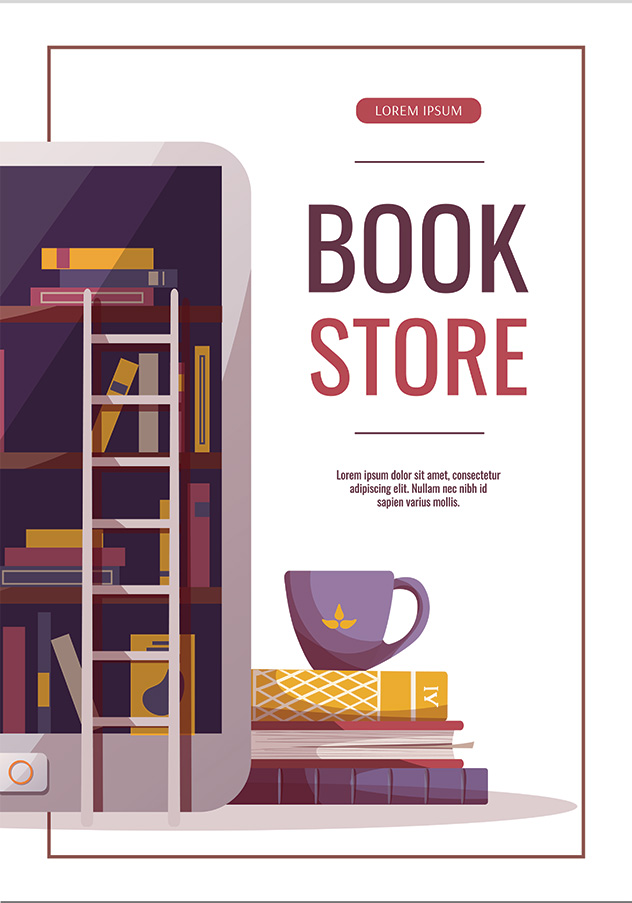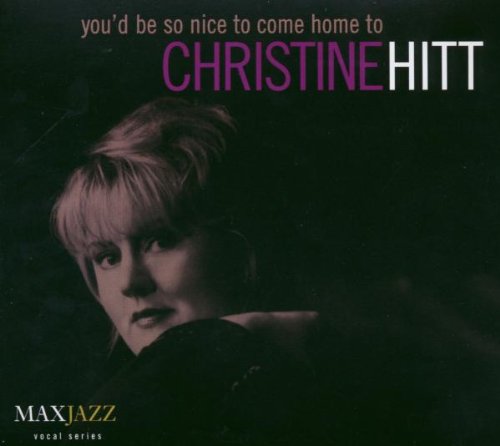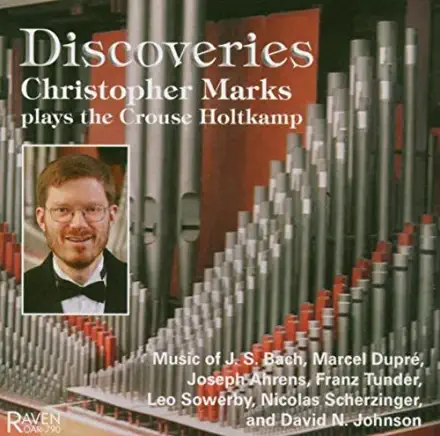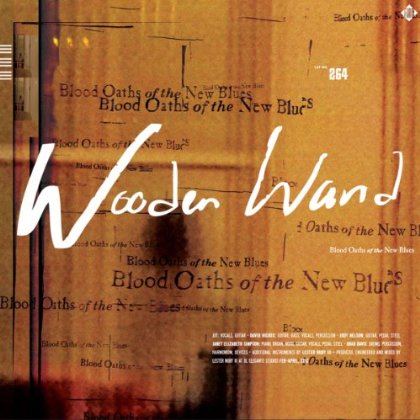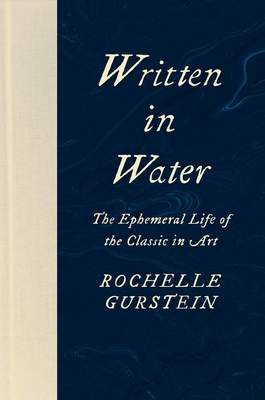
description
evant exploration of the ephemeral life of the classic in art, from the eighteenth century to our own day An Economist Book of the Year, 2024 Is there such a thing as a timeless classic? More than a decade ago, Rochelle Gurstein set out to explore and establish a solid foundation for the classic in the history of taste. To her surprise, that history instead revealed repeated episodes of soaring and falling reputations, rediscoveries of long-forgotten artists, and radical shifts in the canon, all of which went so completely against common knowledge that it was hard to believe it was true. Where does the idea of the timeless classic come from? And how has it become so fiercely contested? By recovering disputes about works of art from the eighteenth century to the close of the twentieth, Gurstein takes us into unfamiliar aesthetic and moral terrain, providing a richly imagined historical alternative to accounts offered by both cultural theorists advancing attacks on the politics of taste and those who continue to cling to the ideal of universal values embodied in the classic. As Gurstein brings to life the competing responses of generations of artists, art lovers, and critics to specific works of art, she makes us see the same object vividly and directly through their eyes and feel, in all its enlarging intensity, what they felt.
member goods
No member items were found under this heading.
Return Policy
All sales are final
Shipping
No special shipping considerations available.
Shipping fees determined at checkout.

